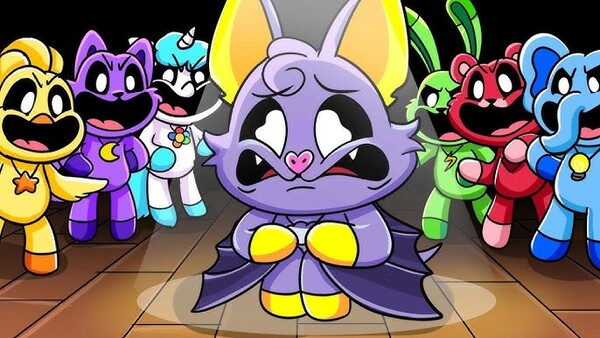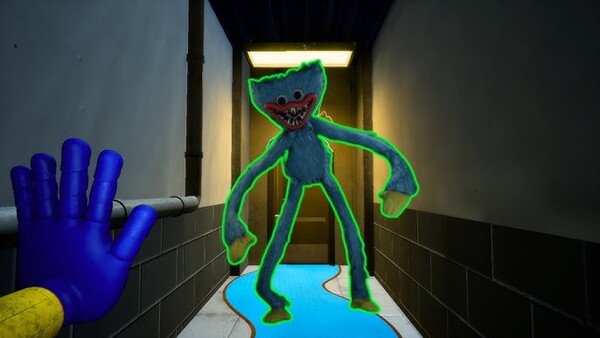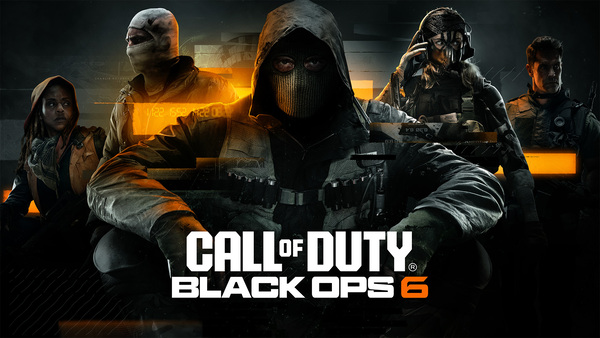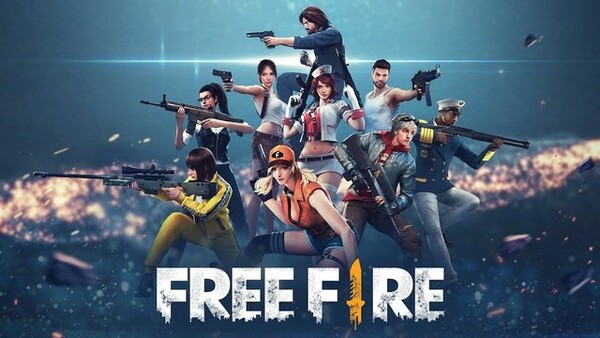Popular Now
Among the eerie corridors and haunting memories of the Playtime Co. factory, few tools define the gameplay experience of Poppy Playtime quite like the GrabPack. At first glance, it seems like a mechanical backpack equipped with extendable hands—a gimmicky gadget to aid movement and puzzle-solving. However, a deeper exploration reveals it as both a narrative device and a mechanical keystone that bridges gameplay with story. The GrabPack isn’t just a tool; it is the lens through which players interact with the game world, uncover its secrets, and defend against its horrors.
This article offers a detailed, chronological, and thematic breakdown of the GrabPack. From its introduction to its multi-faceted use across Chapters 1–3, we’ll explore how it evolved as a game mechanic, a symbol of control, and possibly even a key piece of Playtime Co.’s dark experiments.
The Arrival of the GrabPack in Chapter 1: First Contact
The GrabPack is introduced early in Chapter 1, quickly becoming indispensable for navigation and puzzles.

Basic Controls and Immediate Use
The initial version of the GrabPack features a single red hand, which allows the player to interact with objects from a distance. This design cleverly introduces players to core mechanics without overwhelming them. Early puzzles, such as opening doors and redirecting power, are designed to teach physics and interaction fundamentals.
Visual and Audio Design
The pack emits a subtle mechanical whir, and its hand slaps against surfaces with a satisfying thump. These sensory details ground the device in realism, despite the surreal setting, helping players suspend disbelief and fully engage with the environment.
Learning Through Power Puzzles: The GrabPack’s First Complexity Layer
The GrabPack’s versatility is first truly tested during the electrical puzzles in Chapter 1.
Conducting Electricity
The hand becomes a conductor of power. Players must touch energy sources and drag wires around metallic posts to direct current and unlock doors. These sequences challenge spatial reasoning and introduce an experimental learning curve.
Layering Interactions
What begins as a grab-and-slap tool now becomes a conduit of power and strategy. Players must consider the environment three-dimensionally, fostering a more immersive form of problem-solving.
The Addition of the Blue Hand: Dual-Wield Dynamics
Midway through Chapter 1, the GrabPack evolves with the addition of the blue hand, opening up dual-hand puzzles and interaction possibilities.

Two Hands, Two Paths
Puzzles begin requiring simultaneous interactions. One hand pulls a lever while the other maintains a power connection, increasing both complexity and dexterity demands.
Ambidextrous Thinking
This gameplay shift mimics real-world coordination challenges, immersing players deeper. It’s no longer just about what you can reach—it’s also about what you can manage in tandem.
Thematic Resonance: The GrabPack as a Control Metaphor
The GrabPack isn’t just mechanical—it’s a thematic symbol of control in a world where control is slipping.
Human vs. Machine
The GrabPack allows the human player to manipulate a space overtaken by machines and experiments. It represents resistance in a factory of horrors.
Surveillance and Reach
As players extend their reach, it begs the question—who is controlling who? Playtime Co. designed this tool. Are we just another experiment? The metaphor deepens as we progress.
Environmental Storytelling: Unlocking Lore via GrabPack
The GrabPack is key to unlocking hidden areas containing VHS tapes, secret rooms, and deep lore.
Hidden Paths
The long-range capabilities allow players to open sealed doors, reach vents, or access areas out of physical reach. These spots often contain crucial backstory elements.
Strategic Exploration
Without the GrabPack, much of the story would remain inaccessible. The device literally and figuratively extends the player's ability to uncover the truth.
Combat and Evasion: GrabPack as a Survival Tool
Though not a weapon in the traditional sense, the GrabPack aids in survival during encounters with Huggy Wuggy and other threats.
Using the Environment
In chase sequences, players use the GrabPack to pull obstacles into enemy paths or trigger escape routes—like pulling down boxes or slamming doors.
No Direct Offense
Interestingly, the GrabPack never becomes a weapon. It forces players to be clever, not violent. It emphasizes that survival is about smart manipulation, not brute force.
The Conveyor Belt Puzzle: GrabPack in Real-Time Physics Challenges
In one of the most memorable puzzles involving moving toy parts, the GrabPack shines in terms of real-time physics manipulation.
Precision Timing
Players must use the GrabPack to activate moving parts and time their actions precisely, teaching reactive planning rather than trial and error.

Coordination Over Chaos
These puzzles emphasize the GrabPack’s need for careful control. Overextending or misfiring can waste valuable seconds, raising stakes without using combat.
Chapter 2 Upgrades: Elasticity and Magnetic Functions
In Chapter 2, the GrabPack receives upgrades that significantly change gameplay dynamics.
Magnetic Attachments
New hand upgrades allow for attracting metallic objects. This leads to more inventive puzzles, where players pull platforms, activate magnetic switches, and open multi-layered vaults.
Expanded Reach and Complexity
The elasticity upgrades provide longer reach and higher tensile strength, turning the GrabPack into a traversal device—essentially a makeshift grappling hook.
Foreshadowing Through Technology: Lore Implications of the GrabPack
Hints dropped throughout Poppy Playtime suggest that the GrabPack may be more than just a tool—it may be connected to the experiments themselves.
Experimental Hardware?
Notes, blueprints, and corrupted audio logs indicate that the GrabPack may have been designed with human-machine integration in mind, possibly for test subjects.
Was It Always for Players?
Speculative fans theorize that the GrabPack was initially intended for those being experimented on—granting limited autonomy inside the facility while under observation.
Chapter 3 and Beyond: Grappling with Evolved Threats
With Chapter 3’s increased horror elements, the GrabPack is positioned as a final line of defense and puzzle integration.

High-Speed Sequences
Escape routes now demand lightning-fast reflexes. The GrabPack is essential to navigating fast-shifting environments—dodging collapsing floors or swinging over chasms.
Potential Future Upgrades
Data-mined files hint at potential flame attachments, EMP bursts, or even limited enemy disruption functions in future updates—turning the GrabPack into a Swiss-army survival tool.
Conclusion
The GrabPack in Poppy Playtime is far more than a gimmick. It's a well-crafted, evolving instrument that drives gameplay, narrative, and immersion. From simple door pulls to physics-defying puzzles, it reflects the gradual complexity of both the game and its lore. The GrabPack makes players feel empowered in a powerless place, becoming a silent companion in the psychological unraveling of the Playtime Co. factory.
More importantly, it embodies the blurred line between freedom and manipulation. As players use it to uncover secrets, they must also ask whether they are the ones in control—or just another product being tested.



















